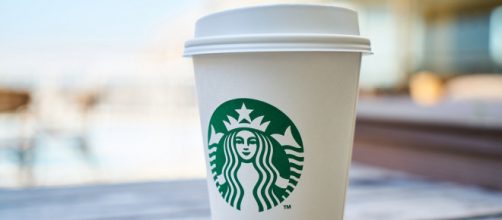starbucks has always strived to be diverse and inclusive, from hiring, all the way down to their Christmas cups. With their controversial red cups in the past, Starbucks has known their fair share of people fighting for their beliefs. With this new announcement of 100% equality in the U.S., they are making strides that should inspire other companies to follow in their footsteps, even in our White House.
A decade of work
On Starbucks 100% pay equity for workers in similar roles regardless of race or gender, Lucy Helm says company has been working on it for a decade. Efforts include ensuring equal starting wages; transparency in pay; & accountability in addressing & resolving unexplained pay gaps
— Benjamin Romano (@bromano) March 21, 2018
On stage at the Annual Meeting of Shareholders in Seattle, Lucy Helm, chief partner officer at Starbucks, discussed expanding this movement worldwide.
Starbucks began this movement about 10 years ago to ensure that all races of women and men are given Equal Pay. After all the hard work and commitment to the cause, they finally accomplished this goal nationwide.
Equal pay around the country
The problem of equal pay is not as well known as you would think. We hear about it on college campuses and in the news, but not much is done about it. On average, women are paid 80 cents to the man's dollar, and this is even greater in retail jobs -- 70 cents to the dollar. Starbucks is projecting that the entire U.S. seeing equal pay may not happen until 2119.
Billie Jean King, American tennis player and equal rights champion, has been supporting Starbucks initiatives for years and was very excited to hear about the new changes.
“For companies, I think the solution is simple: equal pay for equal work. We don’t have to make it more complicated than that, and several companies have already proven that pay equity is achievable,” King said to Starbucks Newsroom for their article on the press release.
An FYI to all the companies that say it’s unrealistic to achieve total racial and gender pay equity: Starbucks just did it. https://t.co/aQAd4JFFcx
— Bridget Ansel (@bridgetansel) March 21, 2018
Starbucks is even giving tips to other companies publicly, to show how strongly they feel about this topic.
Starbucks' history of employee care
Starbucks opened its doors in 1971 in Seattle and in 1988 extended health care coverage to part-time employees.
In 1991 they became the first privately owned company to offer a stock program that includes part-time employees. In the 1990's they expanded from 84 stores to over 3,000 in 14 countries worldwide. In 2004, the cost of health care grew, and Howard Shultz (now chairman and chief global strategist) shared his concern over rising costs in America. In 2010, they reinvented partner compensation and benefit plans for employees. In 2014, Starbucks launched a college achievement plan for eligible U.S. partners to have full tuition reimbursement. Now, in 2018, they have reached equal pay for all, and the opportunities for current and future employees will likely only grow from here.
How can we as a country help other companies reach Starbucks' level?


